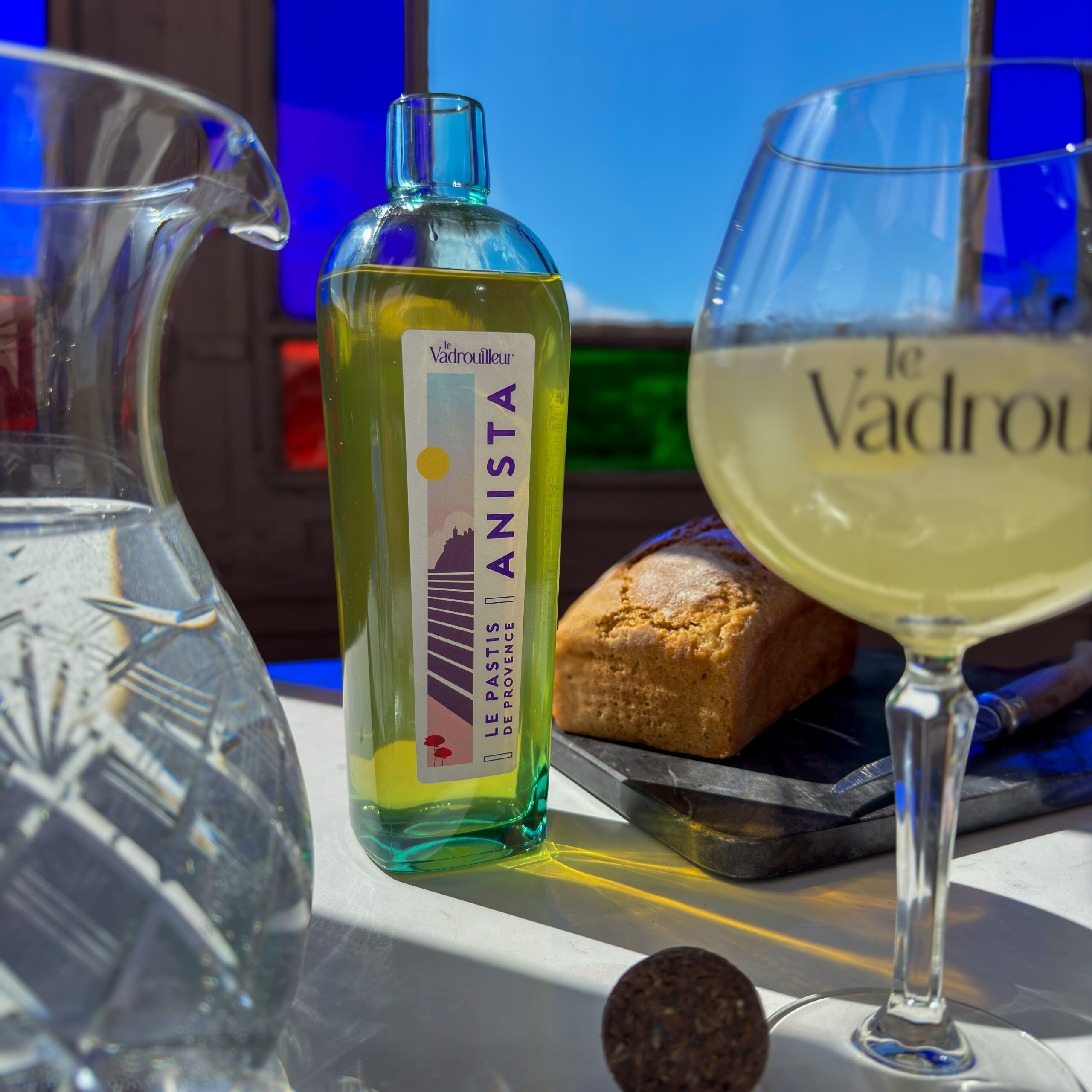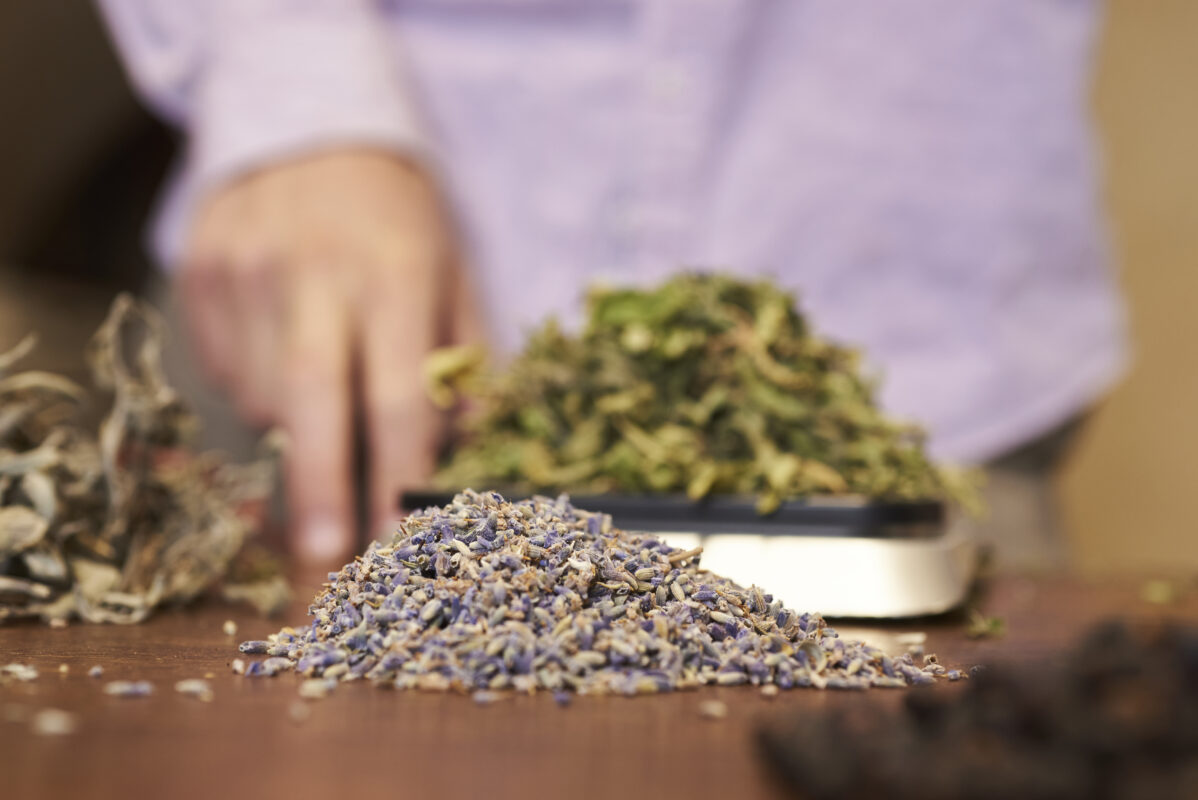Pastis, a popular aniseed drink in the South of France during the summer, conceals a complex physical and chemical phenomenon. Each glass of pastis reveals a veritable alchemy!
Take a little pure pastis, which has a bright colour but remains translucent, so you can see right through it. Then gently add the water. Your drink will quickly turn a typical milky hue.
In its pure state, pastis, like ouzo or raki, is composed mainly of alcohol, around 50%, the rest being essentially water. But above all, it contains a small amount of something called anethol, an essential oil extracted from the aniseed plant, which gives pastis its characteristic aniseed flavour.
Everyone knows that water and oil categorically refuse to mix. These two immiscible liquids seem to follow very specific rules.
Alcohol and oil, on the other hand, are in perfect harmony, without the slightest hint of incompatibility. A similar relationship exists between alcohol and water: in a bottle of vodka, the two merge perfectly.
But what’s going on in the pastis?
In its pure state, the alcohol dominates the water, providing the essential oil (anethol) with a most welcoming environment, conducive to their fusion. However, as soon as a drop of water appears, the anethol is turned upside down! Submerged by an excessive amount of water, it longs to free itself, to regain its original freedom.
To escape this aquatic hold, the essential oil metamorphoses into droplets. This process is strangely reminiscent of that which occurs when olive oil is dropped into water: first delicate pearls of oil are formed, then they rise sharply to the surface and finally come together.
In the case of pastis, the separation between the essential oil and the water is less violent; the oil simply transforms into small droplets without feeling the need to dissociate further, thus forming an emulsion in the water/alcohol mixture.
The milky appearance of diluted pastis is due to the size of the oil droplets. They are invisible to the naked eye because they are only a few microns in diameter.
Light will collide with these droplets, which will then diffuse it, giving the pastis its milky appearance. Pastis is said to be milky because this reaction also occurs in milk!
Milk is in fact an emulsion of fat in water, and the size of the fat particles causes light to be diffused, giving the milk its white colour. The same phenomenon is found in clouds and smoke.
What’s more, the magic is reversed over time. If you forget to drink your glass of Pastis, the emulsion breaks down and the drink becomes clear again.
I invite you to try this little physics-chemistry experiment with my Pastis Anista. Not only is it guaranteed to work, but you’ll also get a delicious drink! All you have to do is pour water into the Pastis Anista to observe this fascinating phenomenon. So, are you ready to try it and enjoy a delicious aperitif at the same time?
Find out more
D. Louapre, scienceetonnante.com
I. Grillo, new.societechimiquedefrance.fr/numero/pourquoi-le-pastis-se-trouble-un-mystere-enfin-elucide-par-la-physico-chimie-p41-n289




